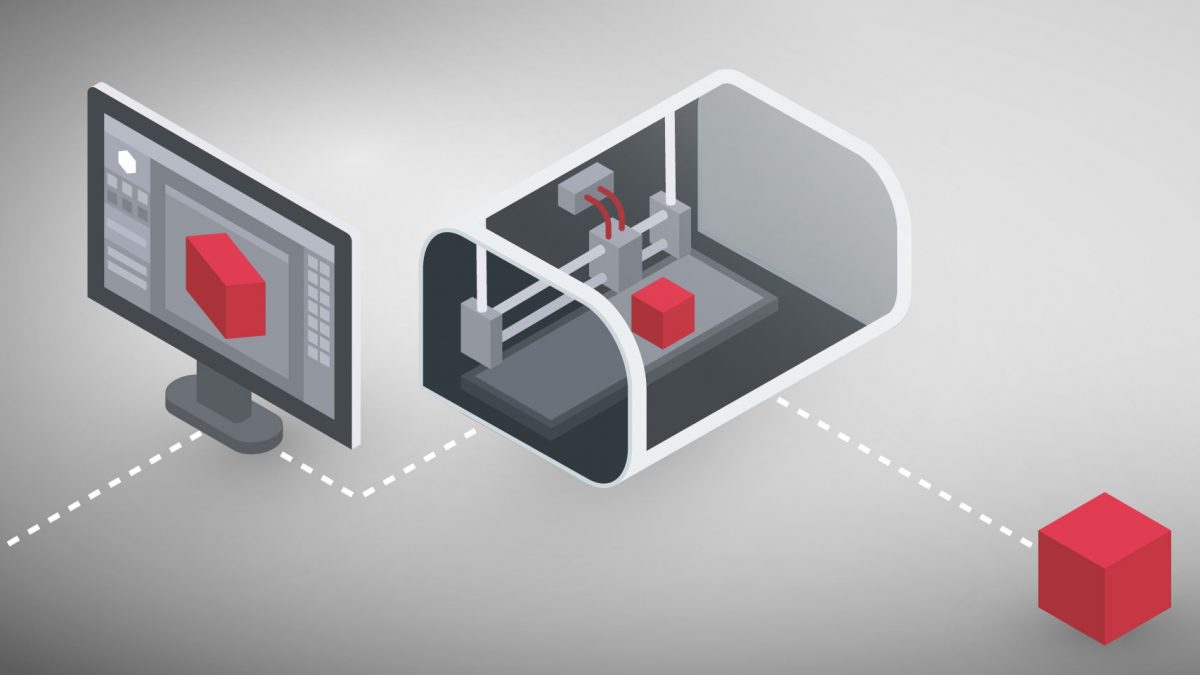What are the legal implications of 3D printing?


Until recently you had to go to a bar for a good espresso coffee. Nowadays, you can make that same or even better espresso at home using your own espresso machine.
Maybe in some distant or near future it will be possible for people to go to a local 3d printing house, instead of regular store, to acquire certain product which is at the same time the original, although it might also be a copy.
Hence, last couple years we are experiencing a real little revolution in the area of 3D printing.
According to a report of the European commission from 2017 it was estimated that by 2021 the market of 3D printing will reach a value of mind-blowing 9.64 billion euros, considering that 3D printing industry recorded an increase of value for almost one billion euros two years in a row (2014 and 2015). However, due to the impact of coronavirus pandemic, that value stopped today at ’’only’’ five billion euros, with a new projection that by 2025 the value of the mentioned market will amount more than double.
What is 3D printing?
In short, it is a process of making three-dimensional solid, tangible object on the basis of a digital file. This is achieved by using additive processes (process where an object is made by successively, one after the other, layers of a certain material are placed until certain that object is completed).
3D printer is capable of making various kinds of objects: from wooden, metal objects, over food, all the way to human cells. There is a famous example of a model of a human kidney made in this way and, thanks to that, a successful transplantation of a grown-man kidney into the abdomen of a little child has been done, allowing a child named Lucy to continue to live a normal life.
Also, auto-moto industry giant BMW uses this technology widely in its manufacturing of certain components, such as water pump wheel, which not only reduces production costs, but speeds up the whole process and saves huge amount of time.
However, 3D printing also bears certain risks, of which are most significant infringement of intellectual property rights and the problem of product liability etc.
3D printing and IP rights
Regarding the intellectual property rights infringements, the problem resembles the one with movie and TV shows piracy, with the problem of 3D printing being far greater. Namely, if in the future it will be possible to copy any object via 3D printing, we get limitless black market filled with cloned products, whose quality doesn’t even have to be lesser than the original and which are infringing a whole specter of IP rights (patent, design, trademark, copyright).
Therefore, completely faithful replicas of the most famous artworks or renowned products can appear.
With a such technologic potential of 3D printing (in USA for example, a cure made by 3D printing has recently been approved) it could be extremely difficult to spot differences between the copies and originals in the future, whereby the IP rights of the owner or legal acquirer could be completely violated.
3D printing and product liability
There is a special liability for products established by multiple laws and regulations.
In such scenarios, the end-users risk to be liable as direct offenders, while manufacturers and sellers of 3D printers can be considered as persons who contributed to the occurrence of damage to a third party, and may also be held liable in a way, even though they didn’t know for what purposes will 3D printers be used.
Imagine the scenario in which you have the offender who prepared a digital database and/or software in Country A and sent it to Country B, which modified that software and then someone from Country C bought such software and database, and based on that printed some product in a local 3D printing house, and then someone from Country D bought that product, which is therefore copied, and above all that doesn’t even work properly or caused damage to someone during its use (!?).
Thereby, 3D technology bears with itself a serious potential for making of cures, drugs, weapons etc. Since it is such a complex process in which a large number of people is involved, a person affected by it can find extremely difficult to identify a person responsible. Will it be, in case of a delict, the creator or seller of 3D file, manufacturer of the printer or software, person that creates certain object?
Conclusion
The solution for overcoming of the aforementioned problem is being sought in existing legislation in the IP area and other related regulations, but the question is how much are these regulations developed and flexible to follow up rapid technological advancement that 3D printing brings.
The situation is further aggravated by the fact that there are no court decisions concerning this area, and the manufacturers are currently on unsafe ground.
General conclusion is that a reform of world law is necessary which must take into account the ever-growing 3D industry.
As always, social relations (and the economic ones are their integral part), are constantly ‘’one step ahead’’ of regulations and laws.


